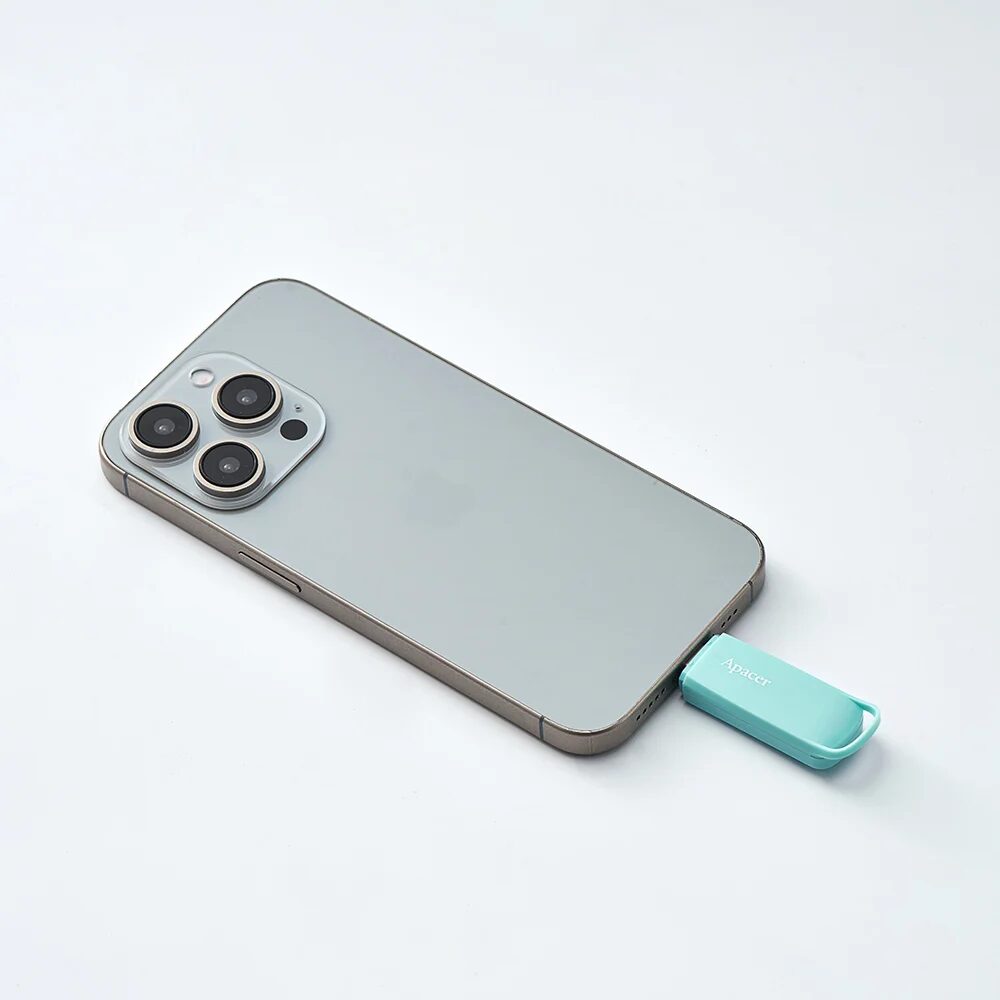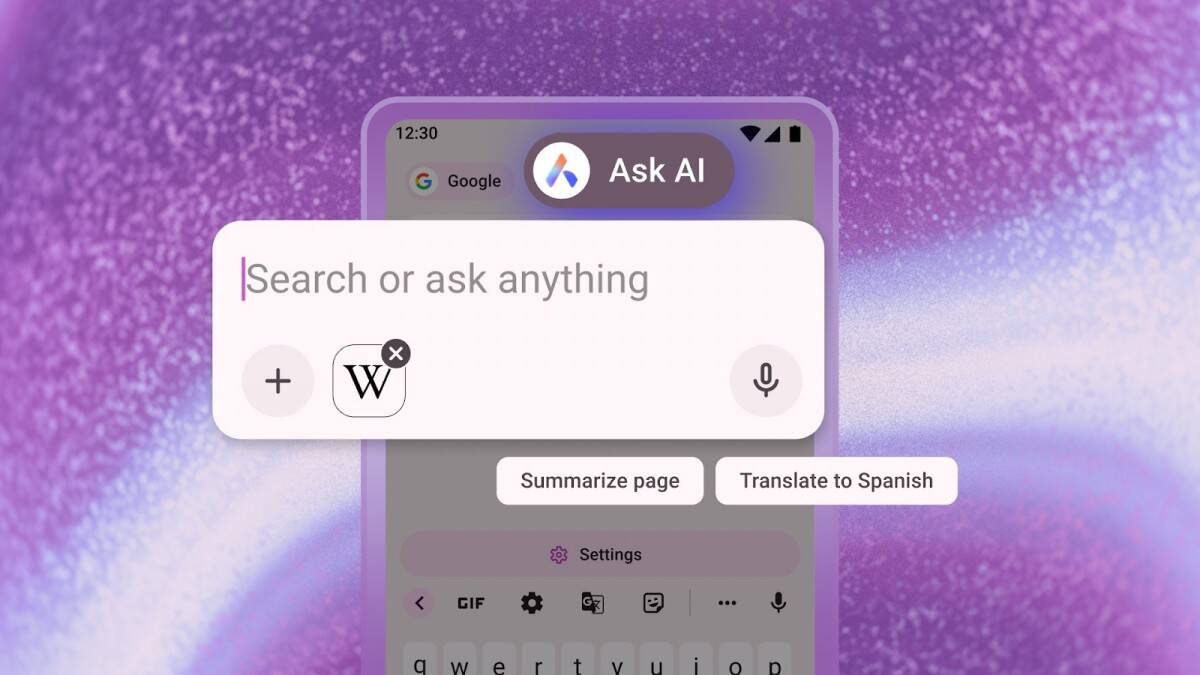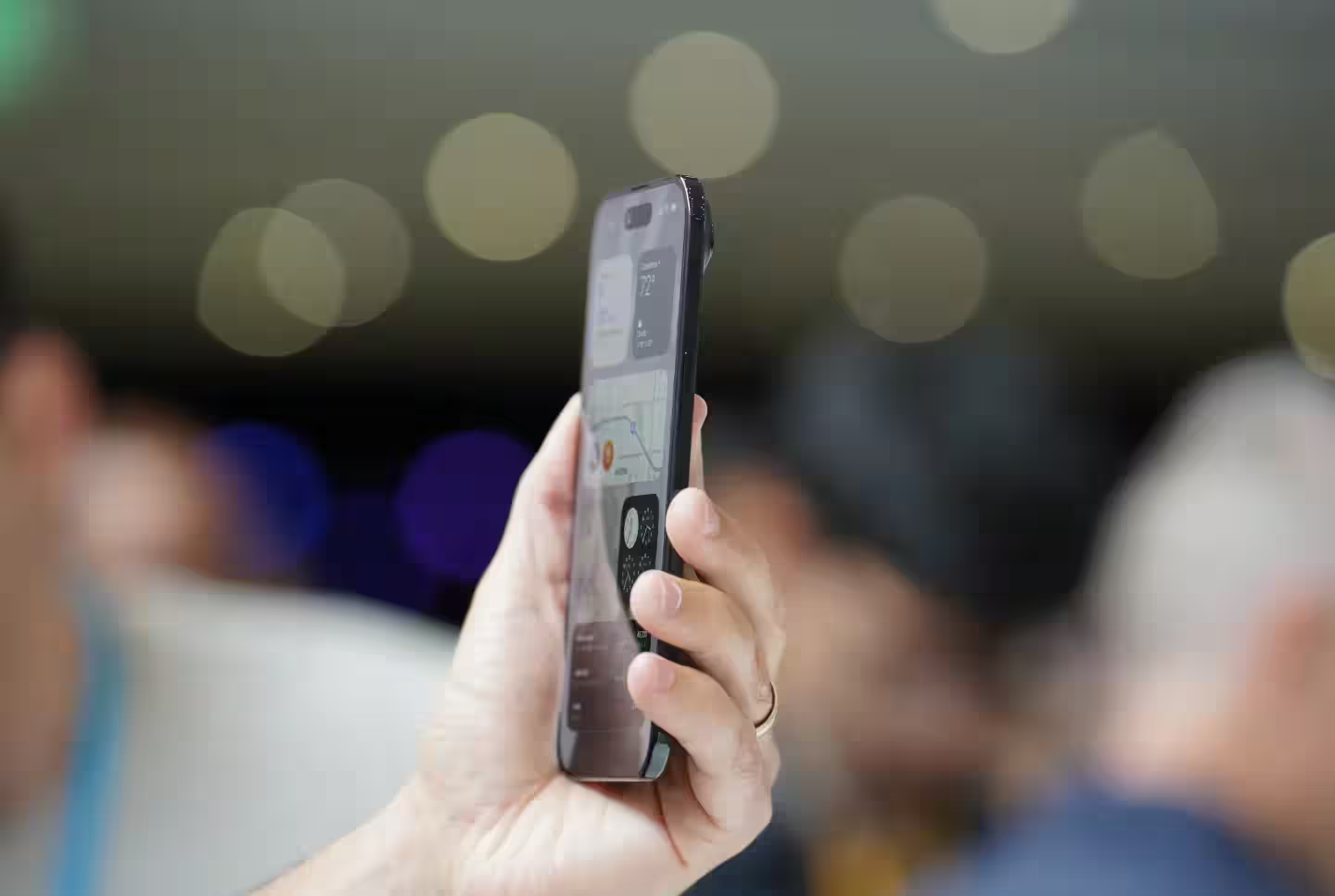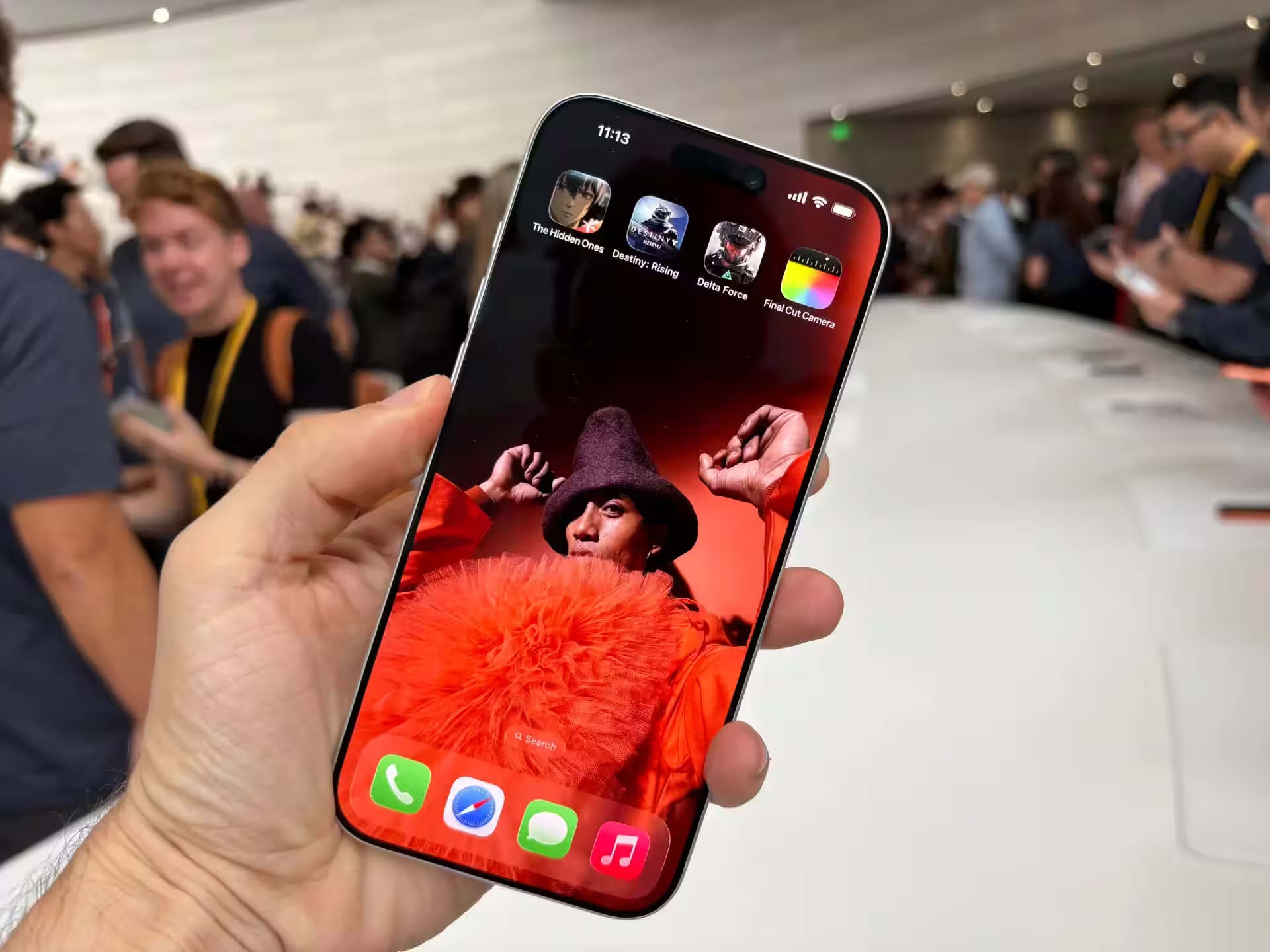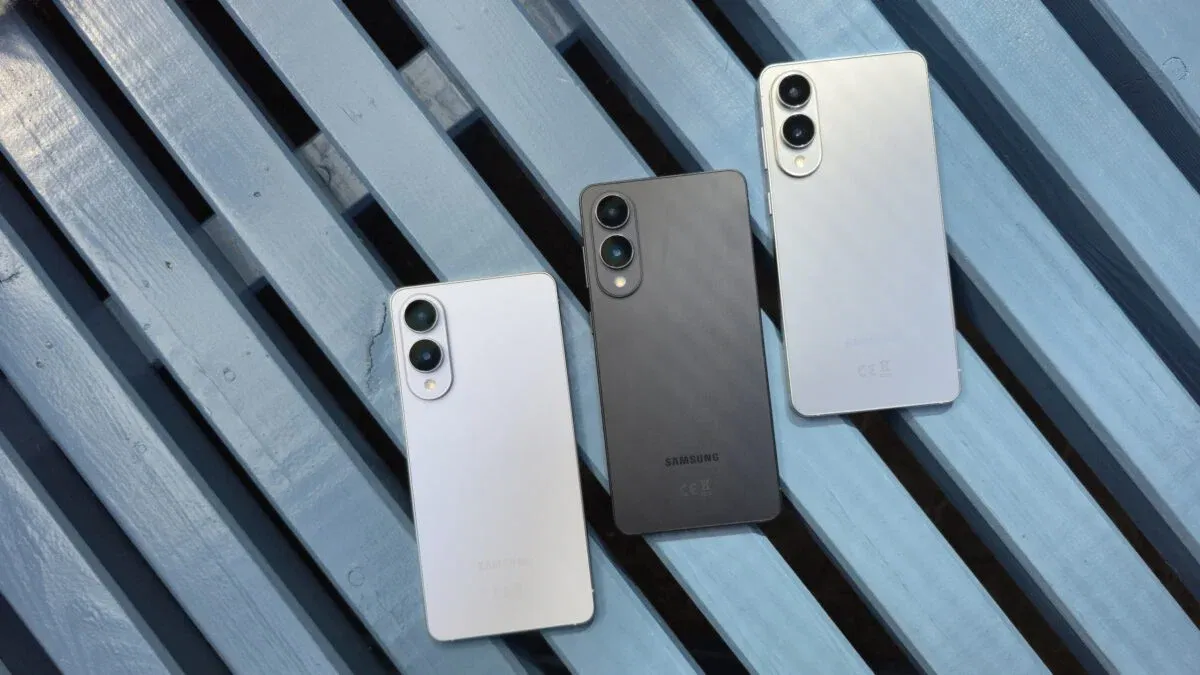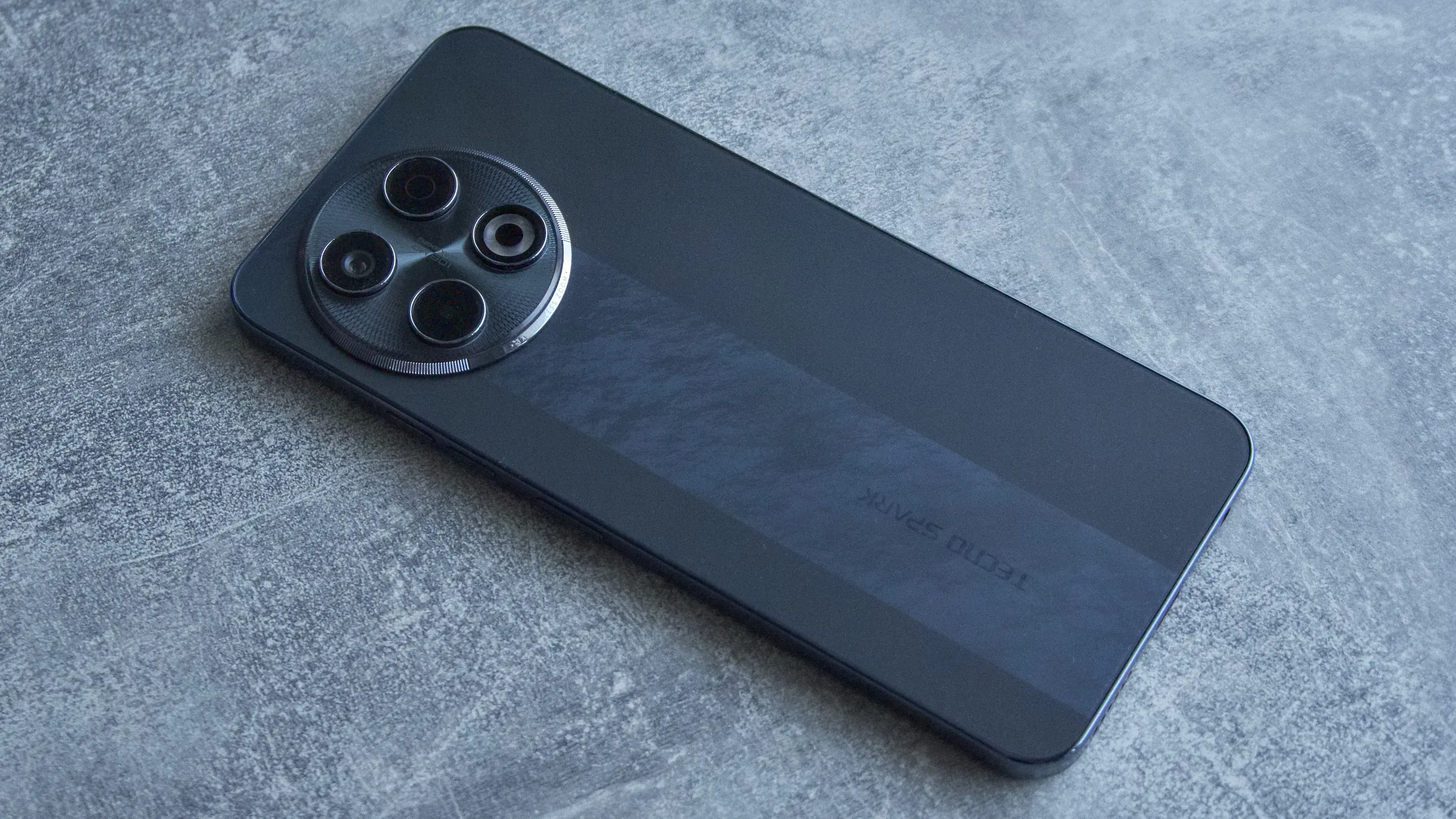iPhone 17 Pro Max review: “Pro” without illusions. 48MP camera, bright display, vapor camera and plenty of power reserve
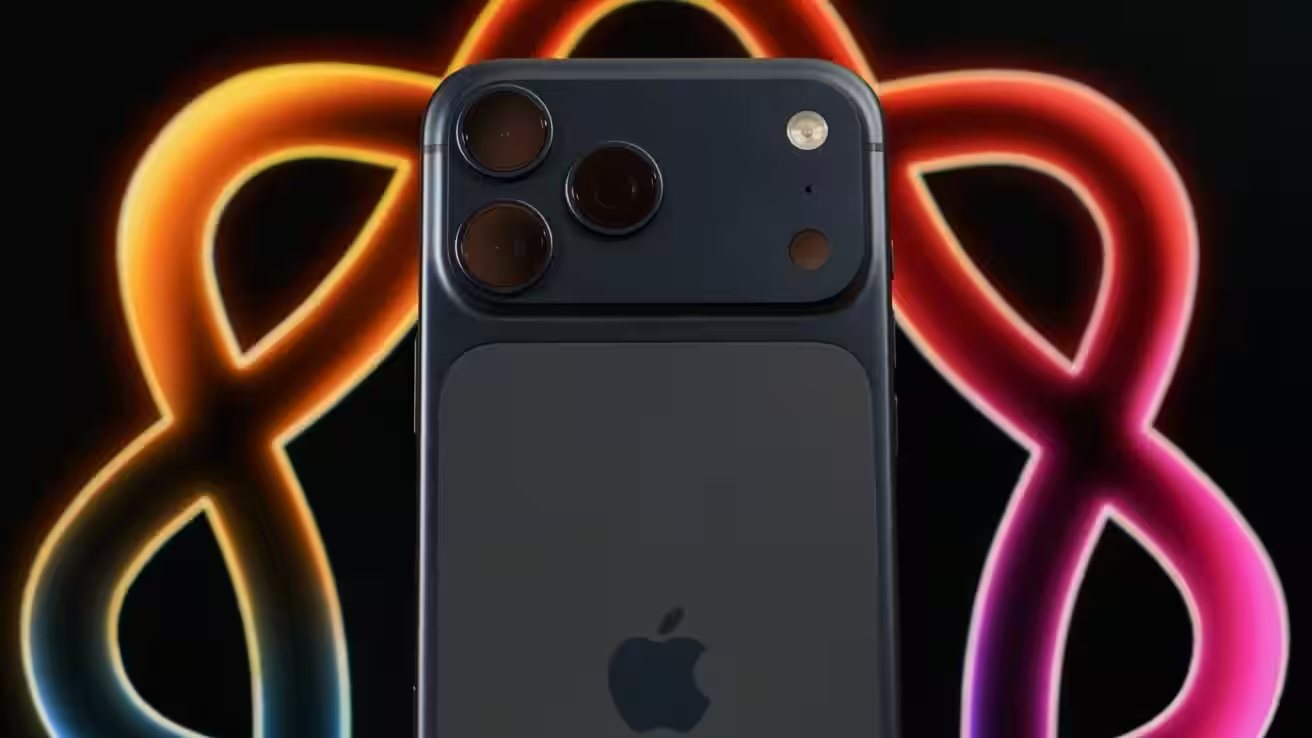
In 2025, Apple stopped selling “Pro” as just “expensive and beautiful.” In the new hierarchy, next to the iPhone 17 and iPhone Air stands a tool made for demanding tasks: the iPhone 17 Pro Max. Here’s a great overview of all the nuances: screen, design and cooling, cameras and selfies, the A19 Pro and battery life, connectivity, and who needs all this stuff.
Design and ergonomics of the iPhone 17 Pro Max: aluminum monocoque body and camera panel
Apple has moved away from a titanium frame to solid aluminum. The reasons are pragmatic: titanium has a higher manufacturing cost, lower thermal conductivity, and more weight. The aluminum monohull makes the design stiffer and helps spread heat evenly from hot nodes to the chassis. The back is not an island, but a full-width camera pad combined with an antenna; the balance in the hand doesn’t suffer.
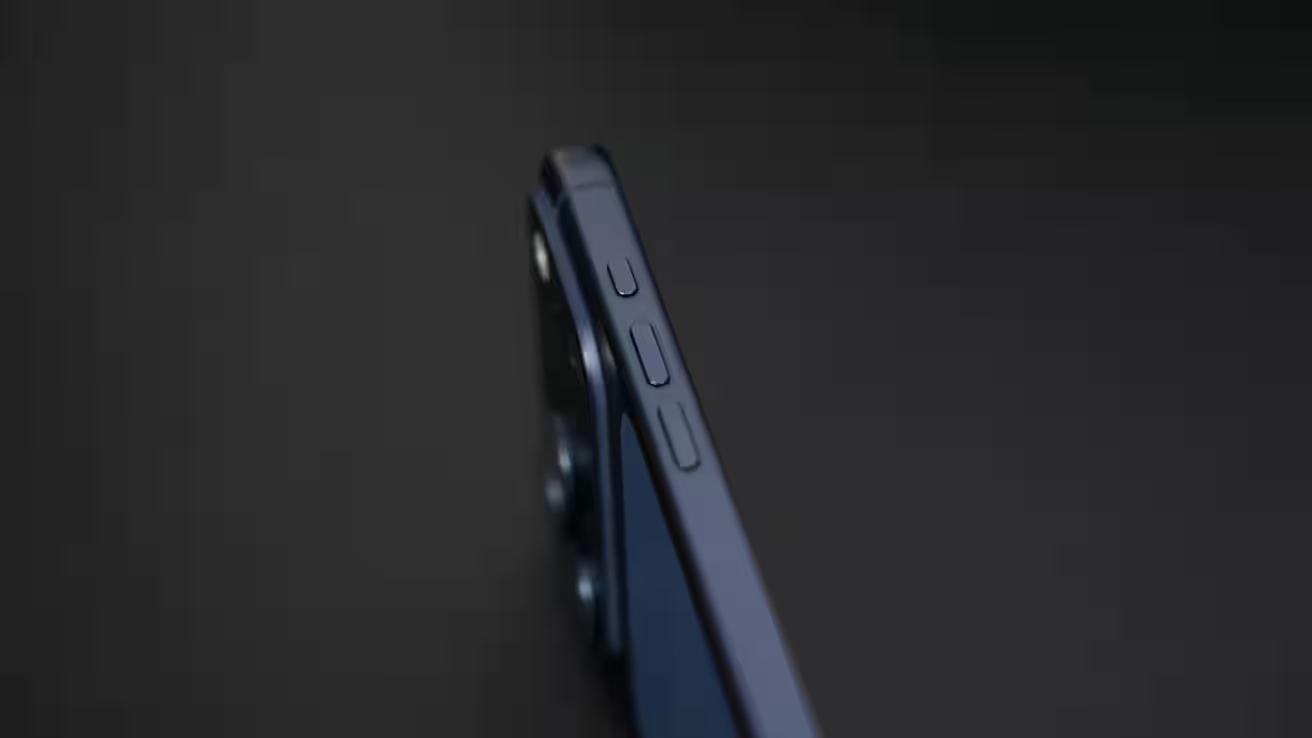
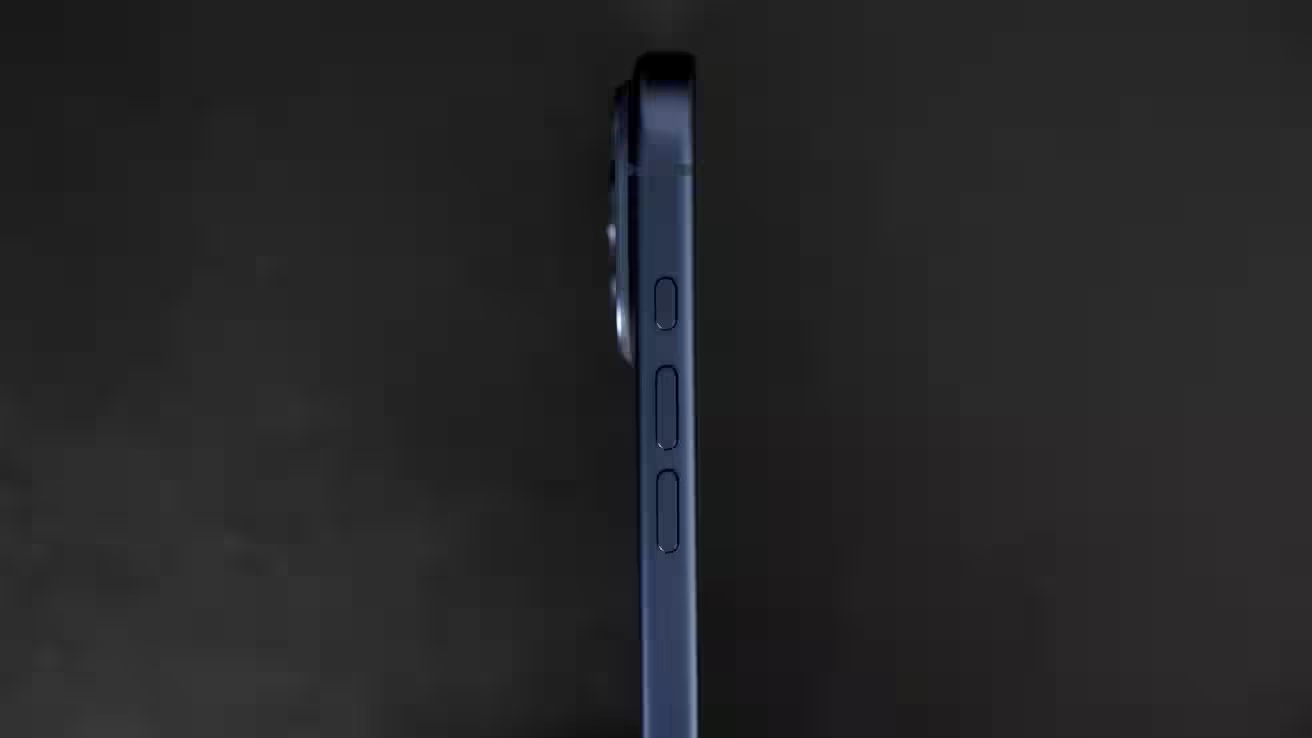
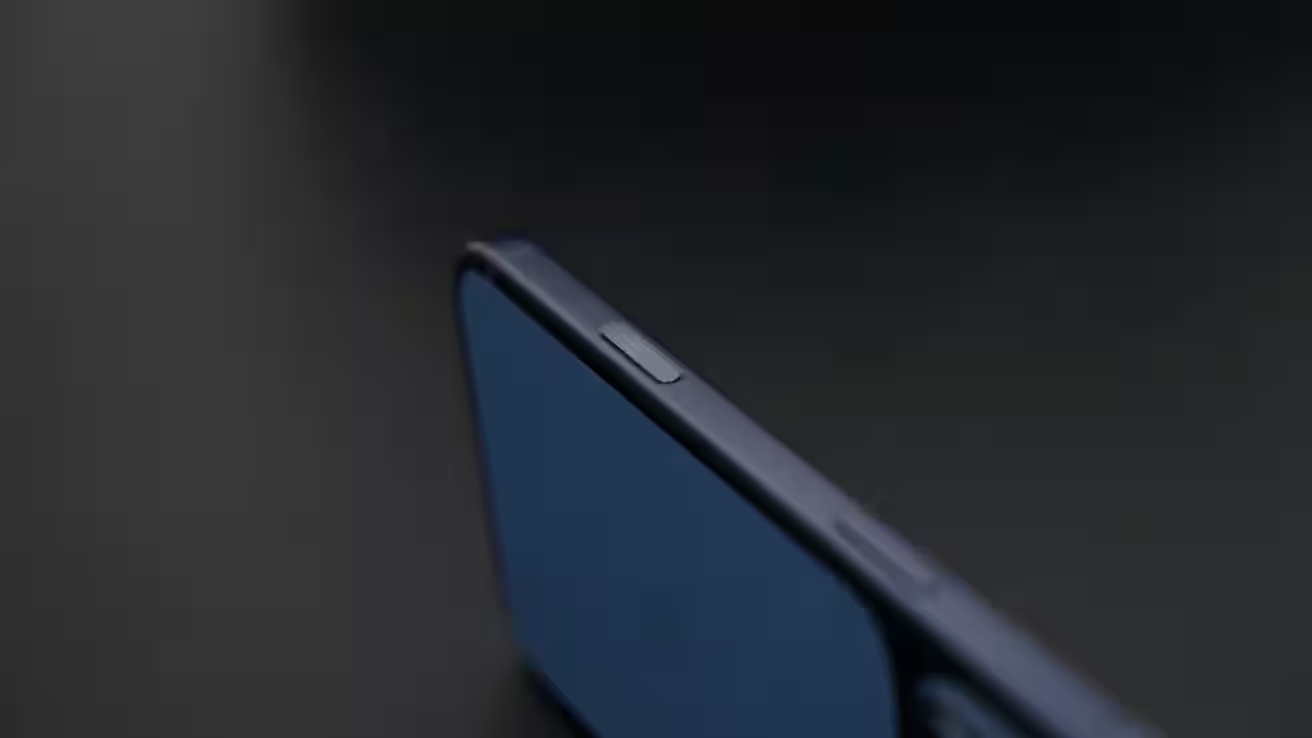
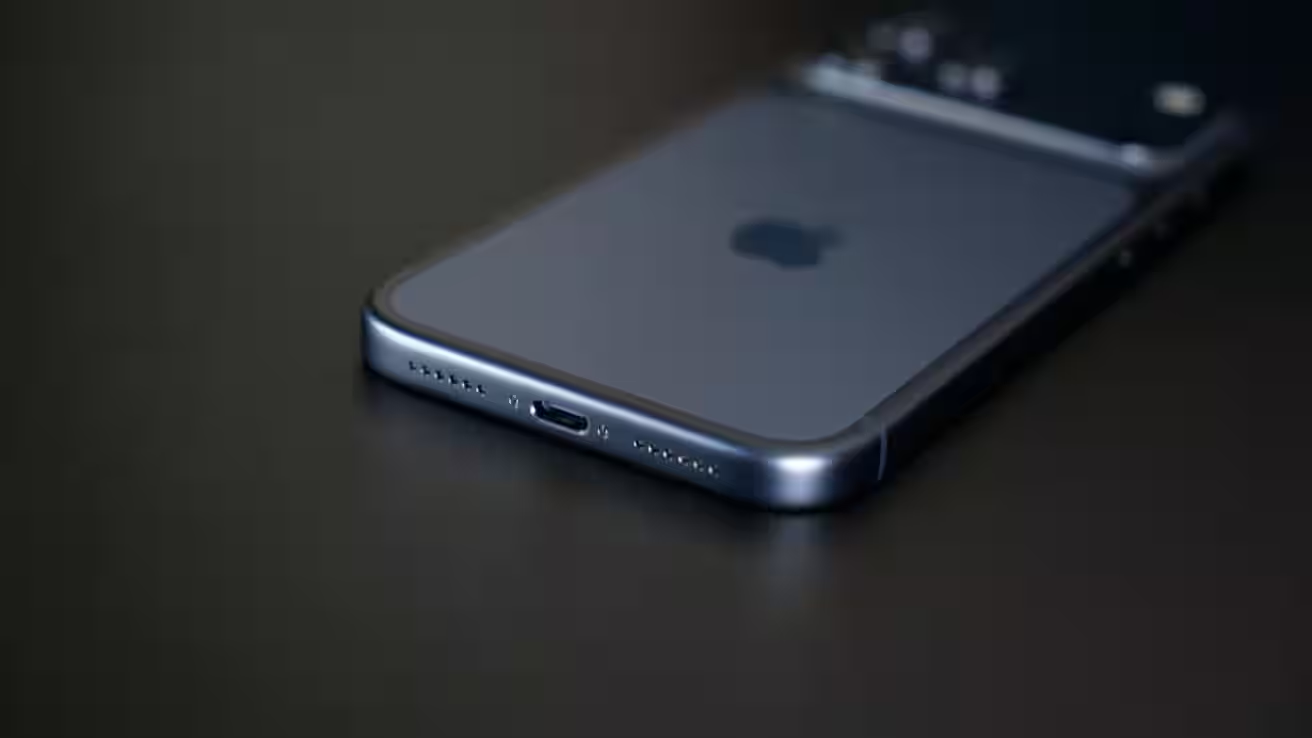
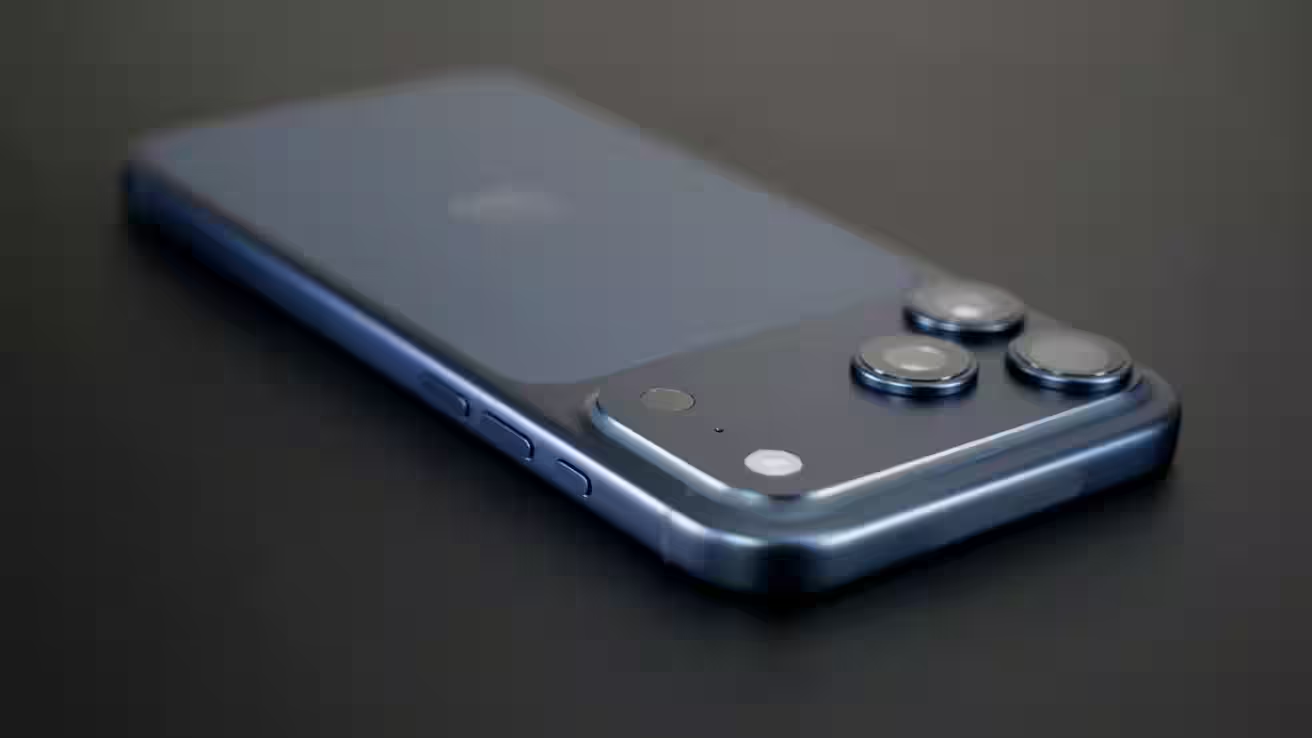
Size has gone up symbolically, protection is still IP68 (up to 6 meters, up to 30 minutes in ideal conditions). The Camera Control button and Action button haven’t gone anywhere; the USB-C port runs at 10Gbps. The palette is understated: deep blue, silver, space orange.
The iPhone 17 Pro Max display: familiar Super Retina XDR, but brighter to 3,000 nits
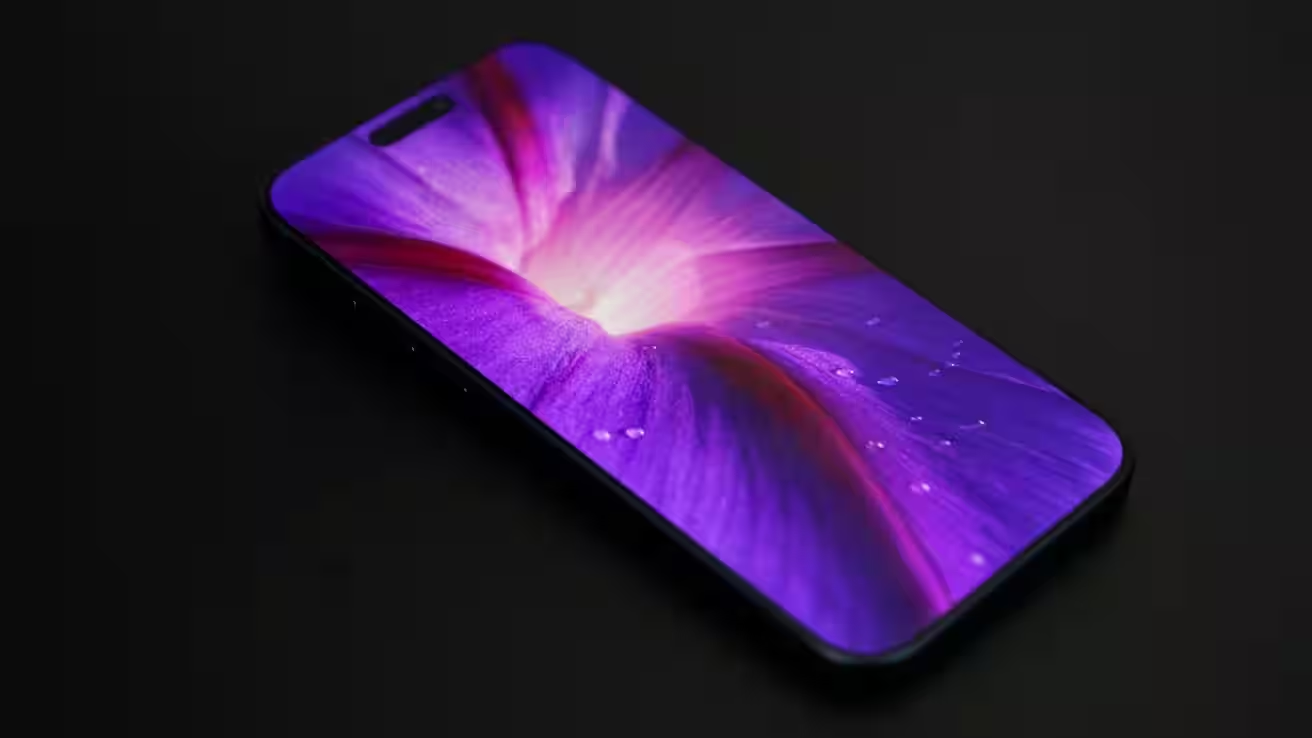
In front of us is a 6.9-inch Super Retina XDR with ProMotion, Always-On, and Dynamic Island. Across the glass is Ceramic Shield 2. The new 3000-nit peak street brightness bar makes the screen readable in almost any sun. Importantly, the screen is no longer a way to “stab the ruler”: the entire series now has equally bright matrices. In everyday use, the display is transparent, with no color quirks; you don’t want to pull a protective film over it.
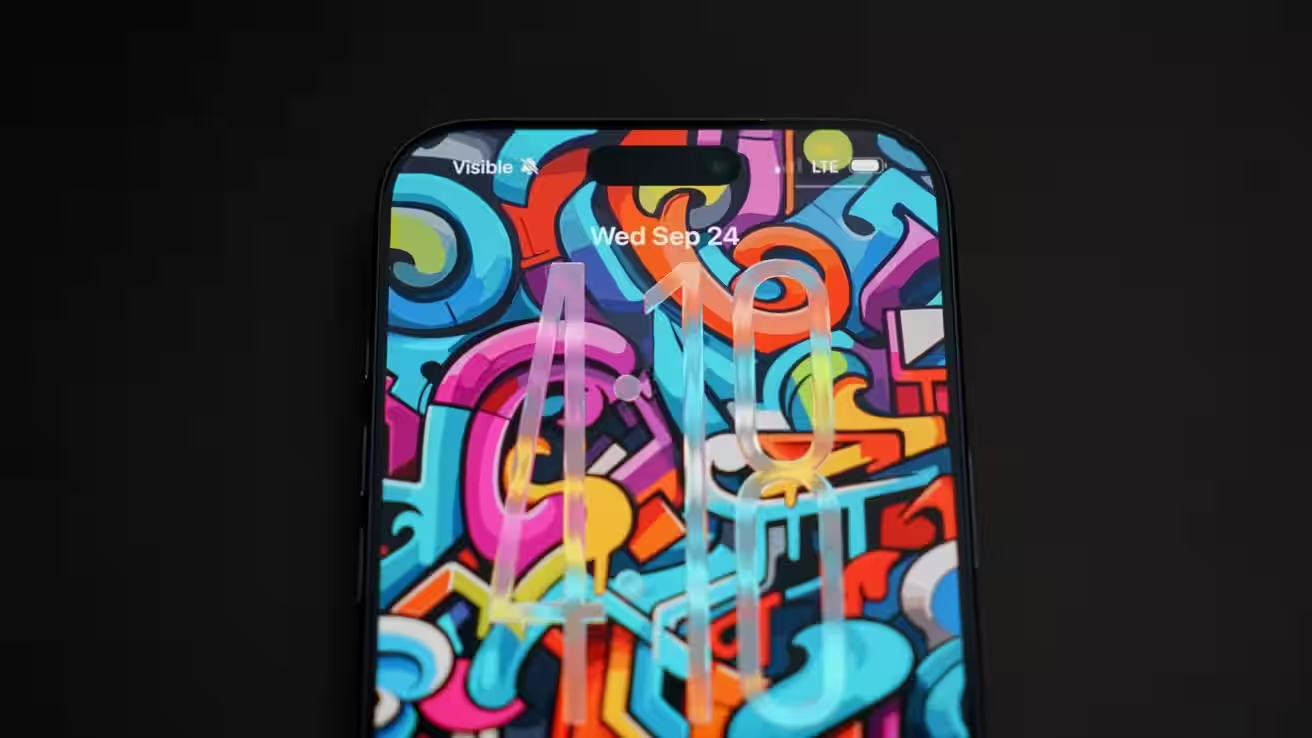
The iPhone 17 Pro Max cameras: 8 “optics-like” modes from three modules
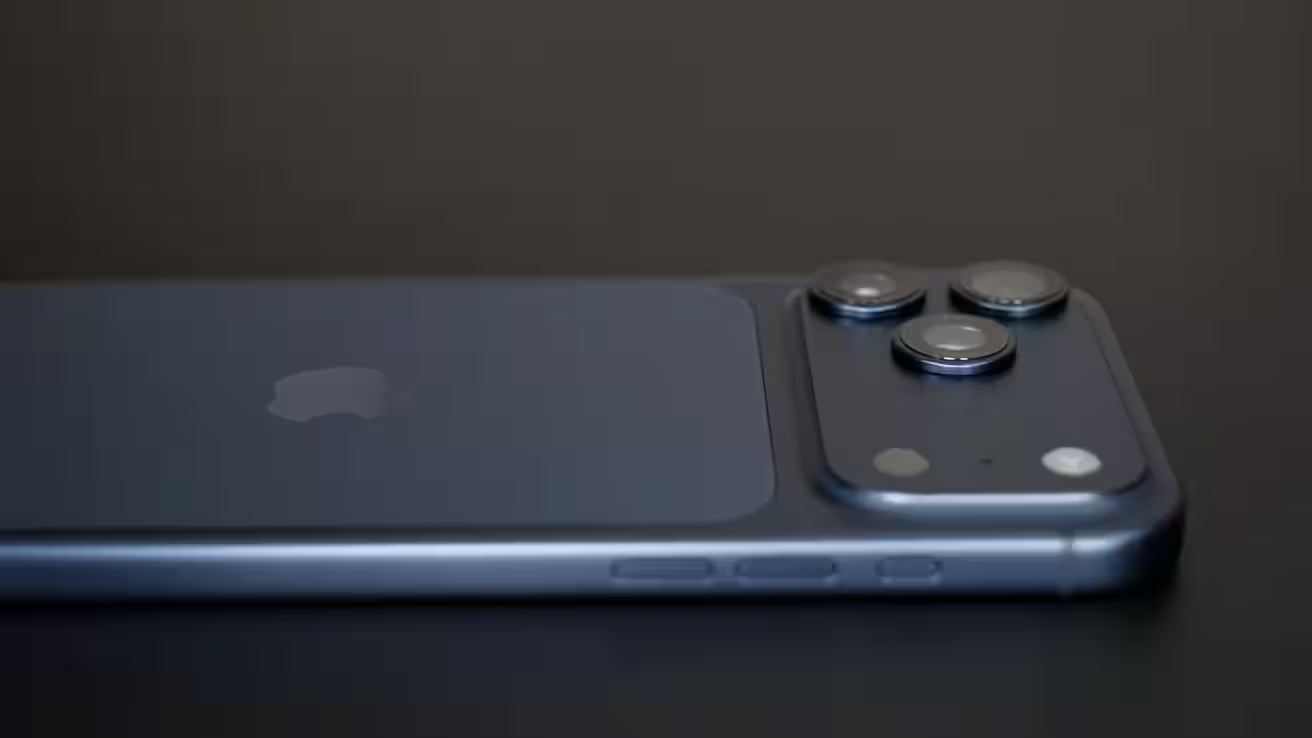
Headline 48MP (24mm Eq.): 24MP by default and a “classic of the genre
The main module remains the baseline. Shooting at 24MP HEIC gives the optimum in dynamic range and file weight; 48MP is manually enabled, but the range is narrower and the storage load grows. In the 1×-2× range, frames are written in 24MP with “optics-like” processing at the center of the sensor – a better result than subsequent cropping. The 28mm and 35mm equivalents comfortably cover “everyday” reportage and subjects at close distances. Below 6 inches minimum focusing distance, the module gives way to “ultrawide” in macro.
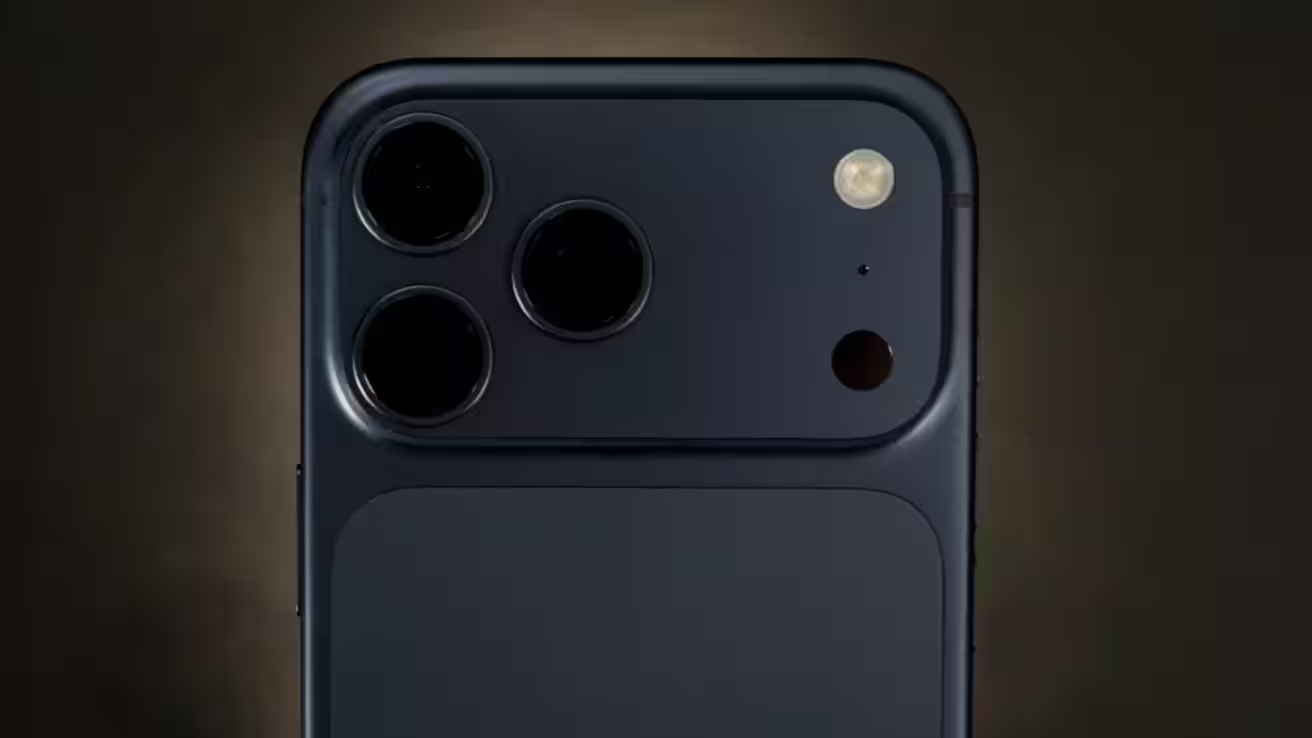
Ultra-wide 48MP (13mm eq.) and 12MP macro
0.5× gives you 24 or 48 MP to choose from, but the macro from this module is 12 MP. This is explained by geometry: the usable center area of the sensor in macro is limited. In practice, macro consistently produces pure texture if you catch the angle and light; for spatial photos/videos, this is the module to use.
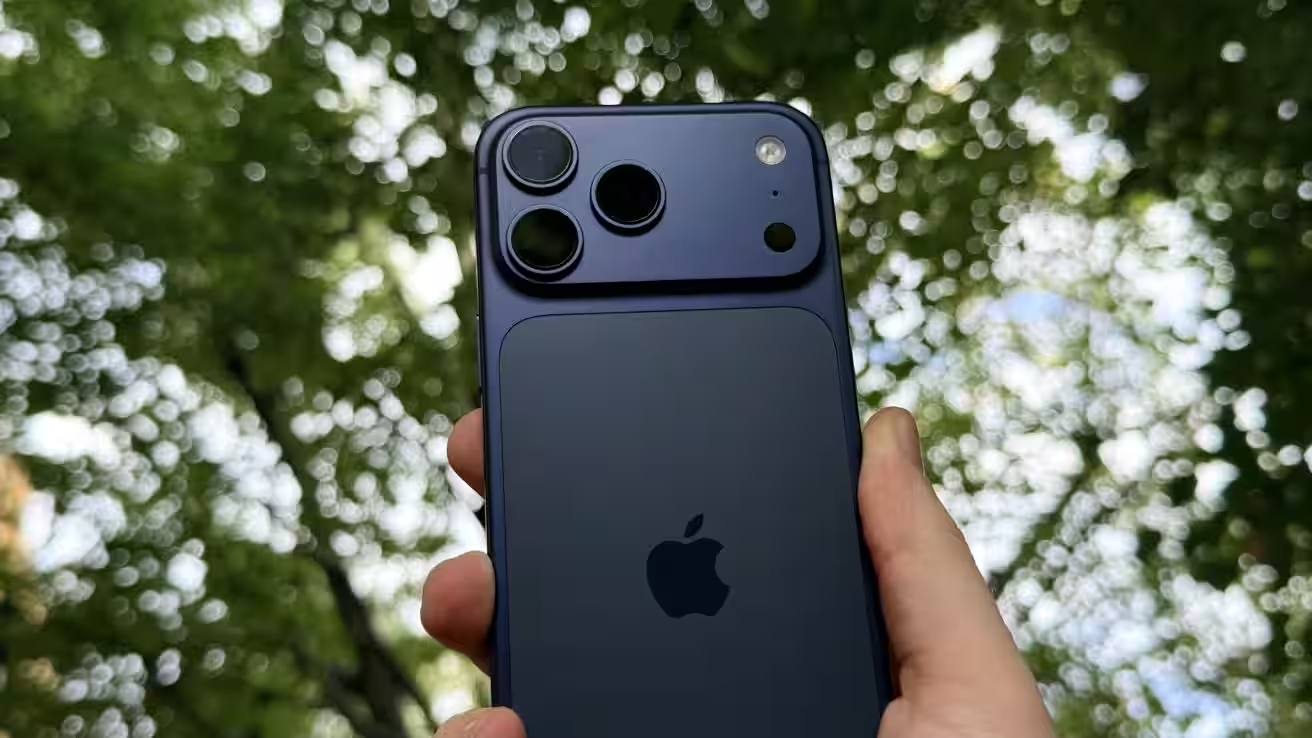



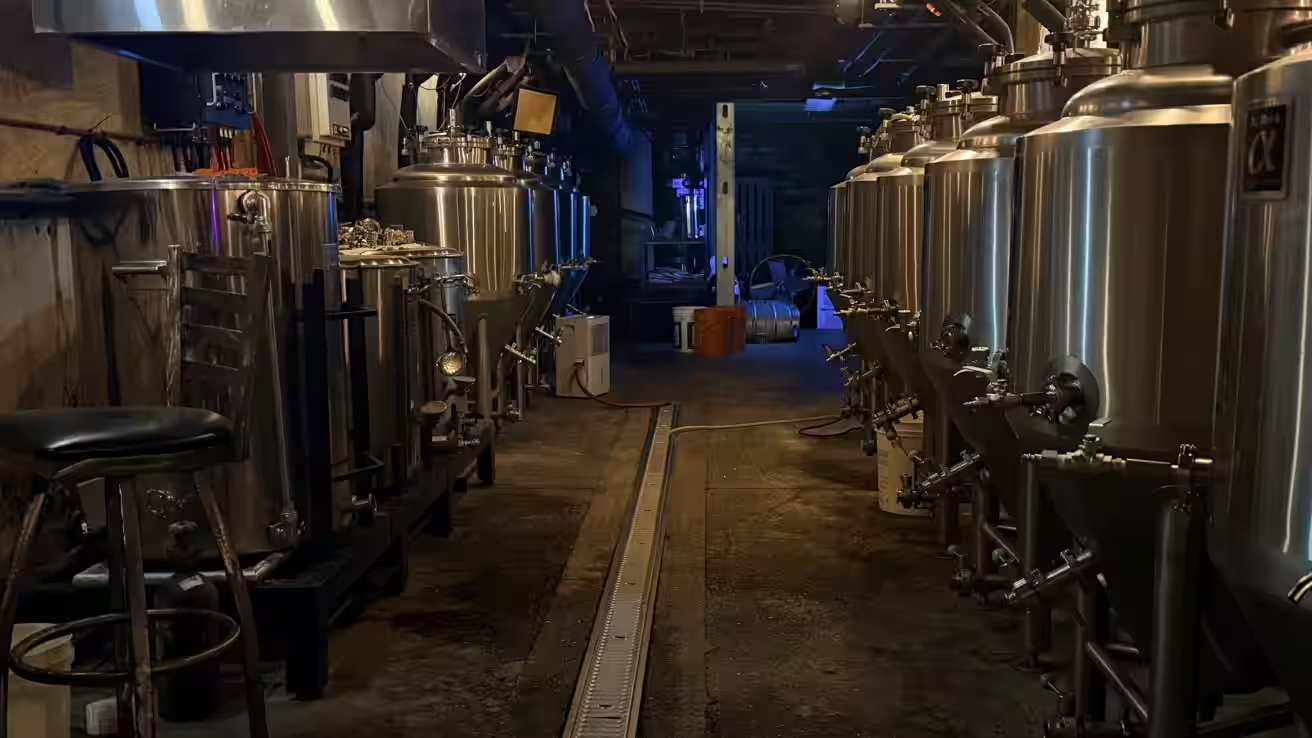






The 48MP body: 4× at 100mm and a “long-range” 8× at 200mm
The key upgrade is the move to a 48MP sensor in the telephoto and a 100mm focus at 4×. It’s a comfortable portrait distance: lively natural bokeh without portrait mode, smooth colors and sharpness. The 4×-7.9× range writes 24MP, at 8× switches to 12MP – a mode optimized for “long distance”. The digital zoom has grown to 40×, but the artistically reasonable limit is 8-10×. A separate point is the minimum focusing distance of the TV: if you get too close, the camera will unnoticeably switch you to cropping from the main one and the result will be noisier. Keep a reasonable distance and you’ll get a clean 24MP from the tele.
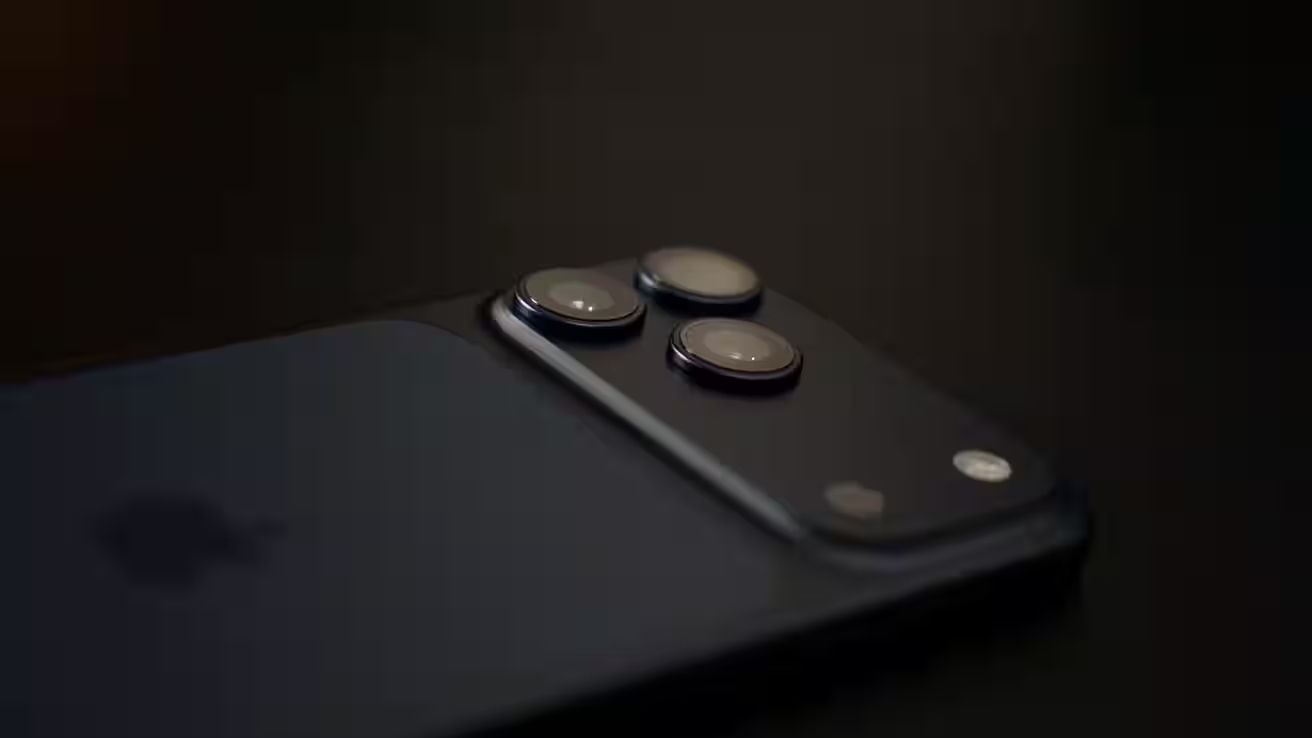
18MP front: square sensor, selfies without flipping, and smart framing
The square sensor lets you shoot in portrait and landscape orientation without physically turning the phone around; “narrow” mode gives you 7MP, “wide” mode gives you the full 18MP. For video there is shift stabilization due to the large sensor and simultaneous recording from the front and rear cameras. In calls, Center Stage is enabled: the camera finds people and keeps them in the frame.
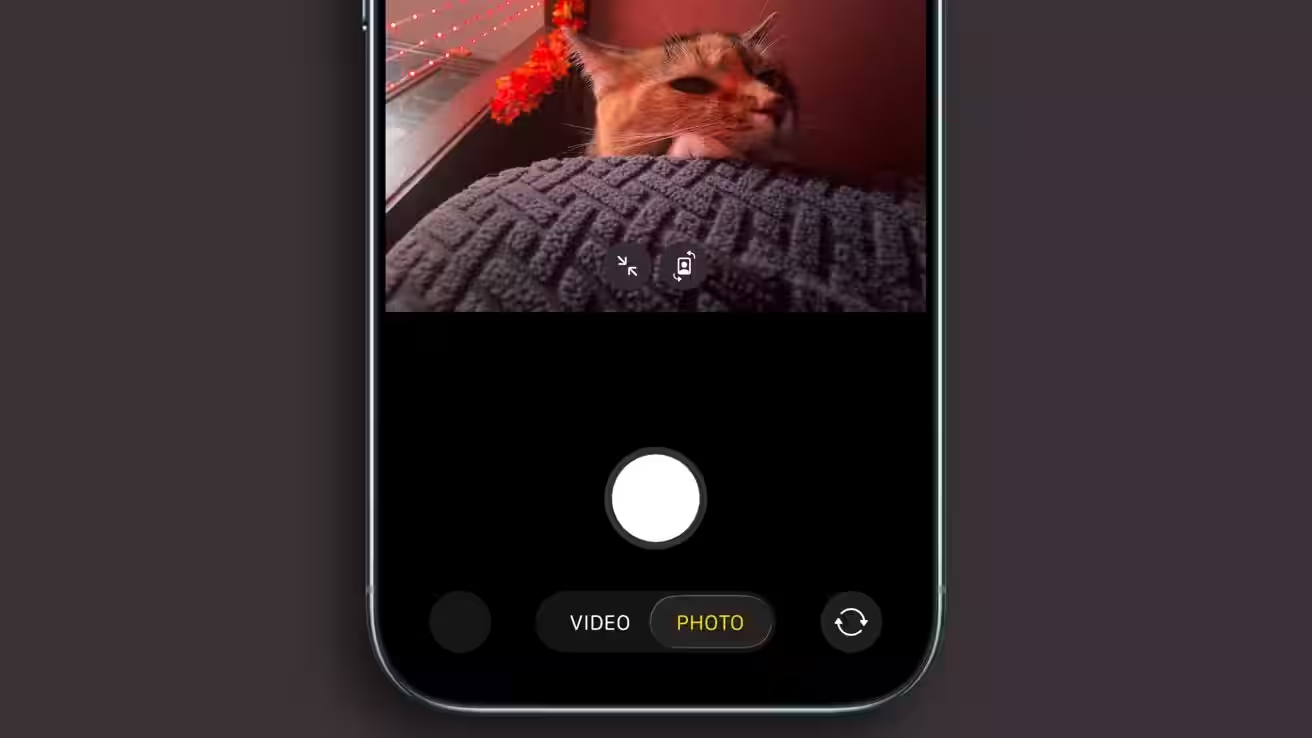
Performance and cooling of the iPhone 17 Pro Max: A19 Pro and vapor chamber
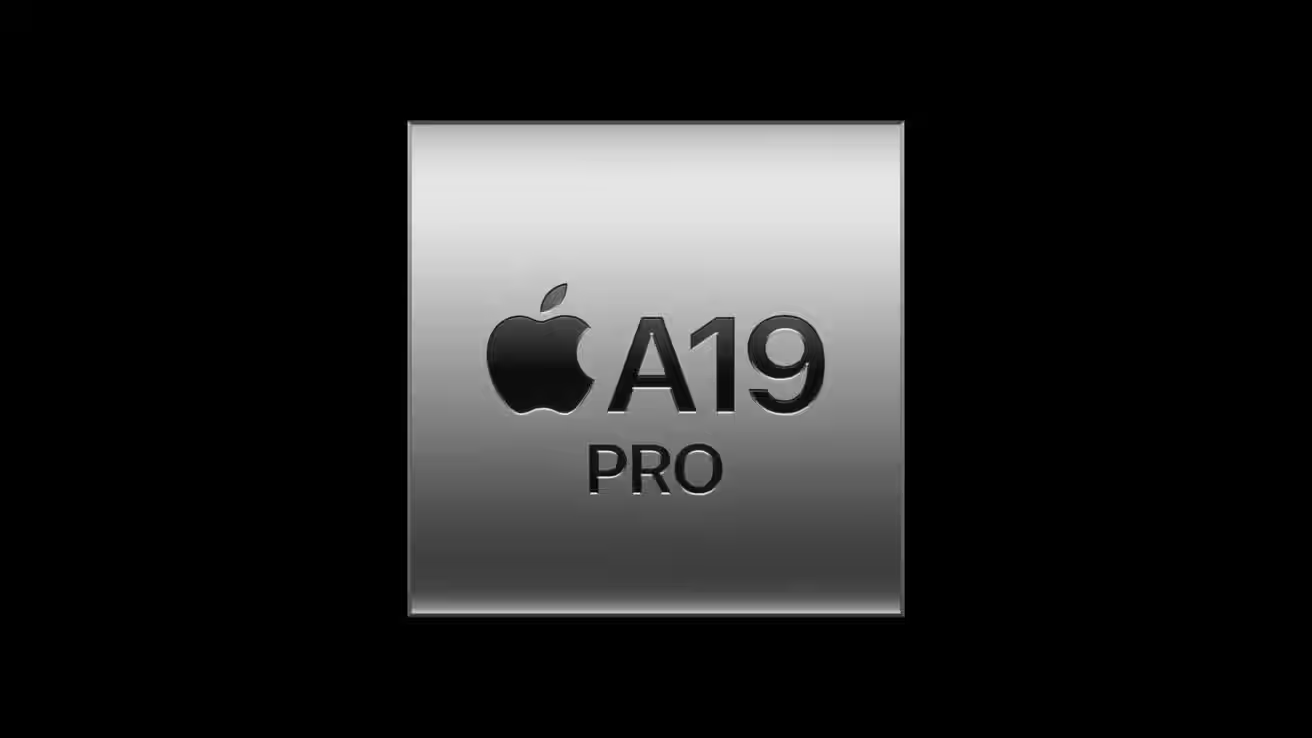
The A19 Pro chip is a 6-core CPU and GPU. On synthetics, the gains are palpable: single-threaded performance is higher than the iPhone 16 Pro Max, graphics in Metal tests are noticeably boosted. But the main practical news is stability under a long load. That’s where the vapor chamber comes in: a sealed microfluidic heat exchanger evaporates heat in hot zones, condenses it in cold zones, and returns the condensate to the source via a wick.
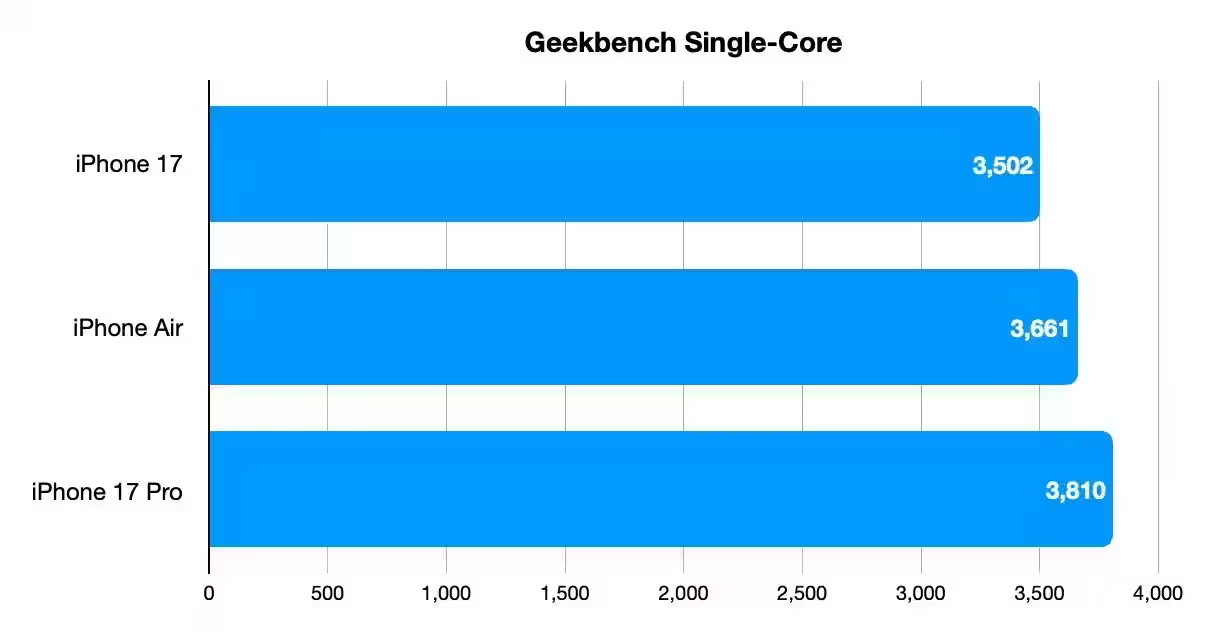
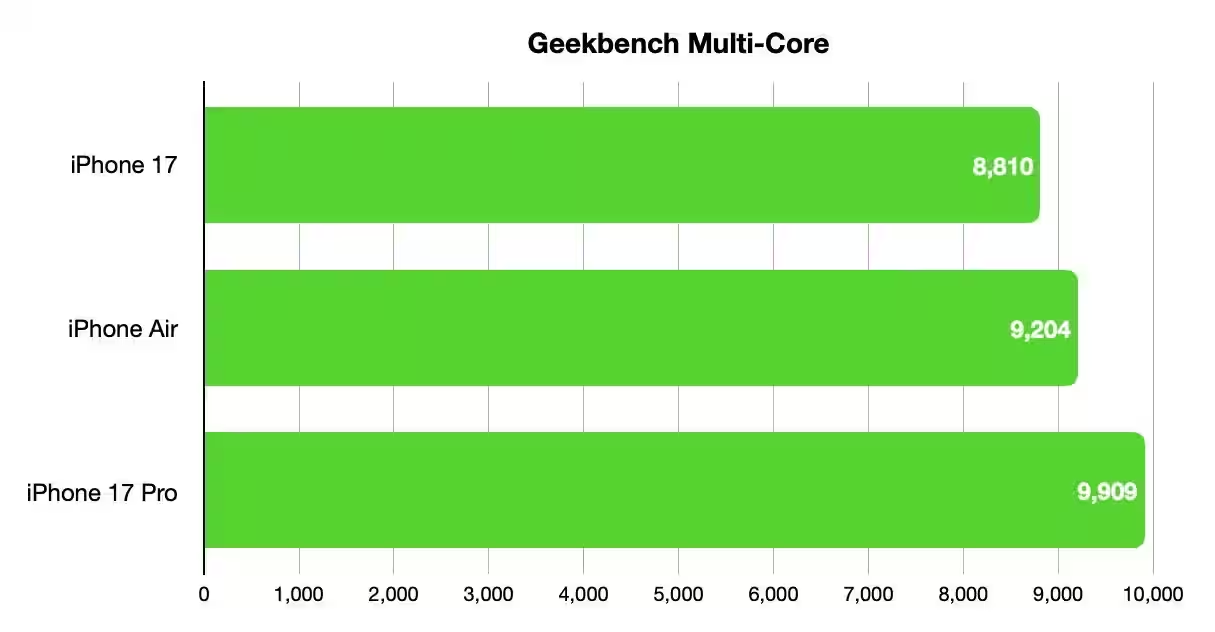
In games like Resident Evil 4, heat is perceived as a “slight warmth”, and once released, the temperature drops quickly. For heavy AI cases, 3D scanning, and editing, this is more important than seconds-long “sprints.”
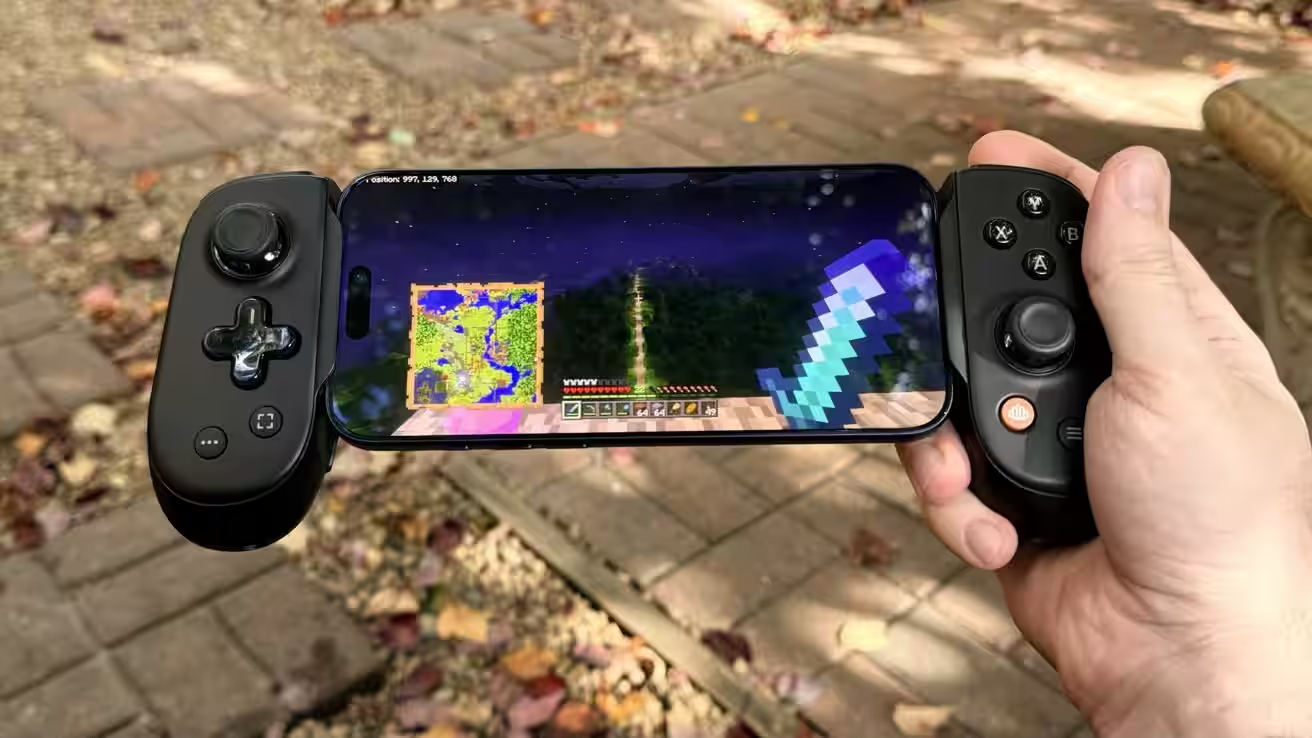
Autonomy and charging of the iPhone 17 Pro Max
The claimed “up to 39 hours of local video” is lab top shelf. In reality, with active shooting, navigation, messengers, and occasional calls, it’s comfortable for a full day. On charging: by wire up to 40W (about 50% in ~20 minutes), by MagSafe and Qi 2.2 – up to 25W with compatible adapters. If you want maximum speed and efficiency, cable; if you want convenience, magnet.
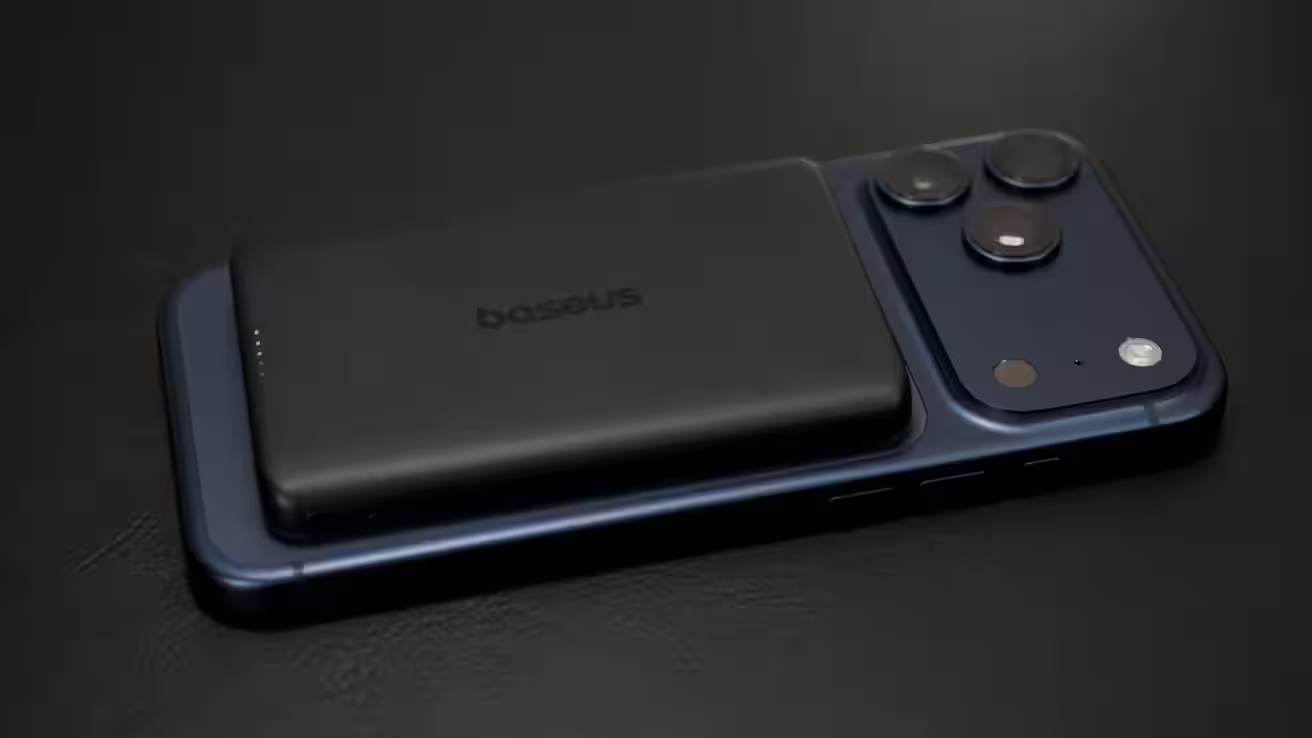
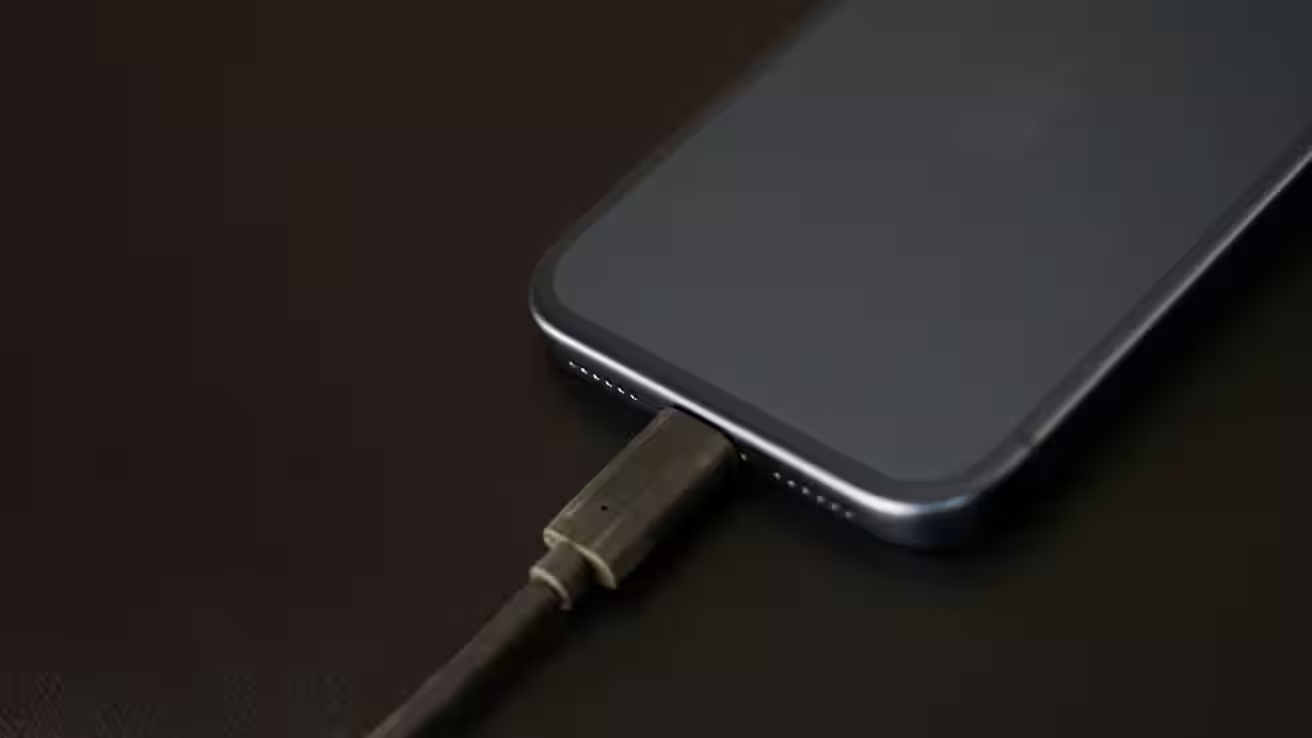
The iPhone 17 Pro Max: a stockpile for the future without illusions
5G sub-6 and mmWave are present, but mmWave is still affected by physics (walls, distances). Wi-Fi 7 and Bluetooth 6 are also about the future: routers are still expensive at home, upgrades are slower in business infrastructure. Second-generation UWB makes it easier to find accessories and “pinpoint” device localization scenarios.

Who the iPhone 17 Pro Max will suit
Those who shoot a lot and with different focus: 100mm telemodule displaces previous compromises, macro is more stable, 24MP “base” covers the everyday. Those who play and count degrees: the vapor camera makes long sessions comfortable. Those who work with AI tools and 3D-scanning on the device – stable performance and thermal mode are critical. If all you want is a “beautiful flagship,” you’ll have to make an honest comparison with the iPhone Air: there, the focus is on the effect, here it’s on the tool.
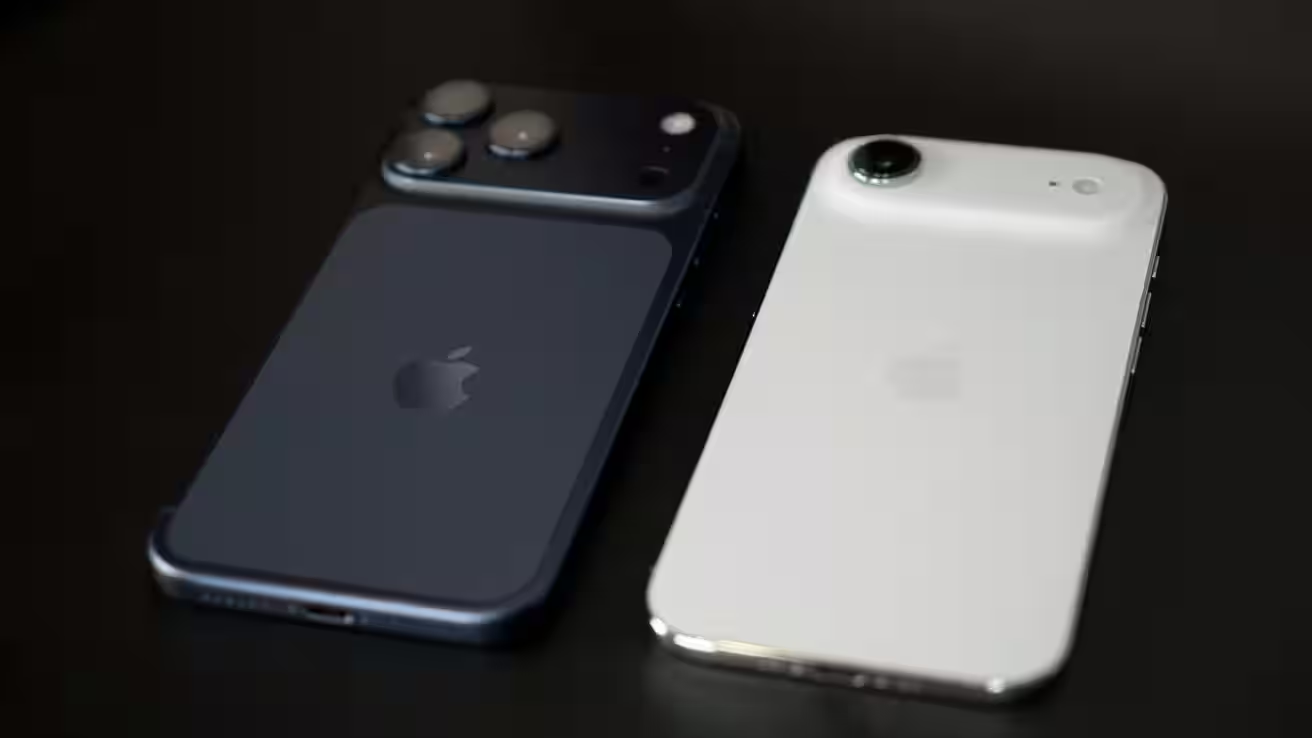
Frequently asked questions about the iPhone 17 Pro Max
What makes the iPhone 17 Pro Max different from the iPhone Air? Air is about looks and “lightness” of feel. Pro Max is about the tools: the vapor camera and stability under load, the 4×/8× telephoto, the focus on work tasks and shooting.
Is it realistic to see 39 hours of battery life? Only in a lab model like continuous local video in airplane mode. On an active day, a solid “full shift” without recharging.
Why do you need 8× if the picture is worse there?”8× at 200mm is a neatly optimized “long-range” mode for specific scenes. For artistic pictures, it’s better to stay within the 4×-8× range and be mindful of stable fixation.
Should you turn on 48MP all the time?”No. It will increase file weight and reduce dynamic range. You’ll get a balance of quality and convenience in the 24MP HEIC, but leave the 48MP and ProRAW for tasks where fine textures and post-processing are important.
Does Wi-Fi 7 and mmWave make sense right now? It’s about “insurance for tomorrow”: it works where the infrastructure is already in place. In most residential scenarios, the gains aren’t critical yet.


